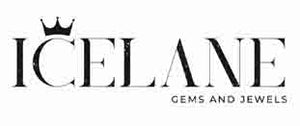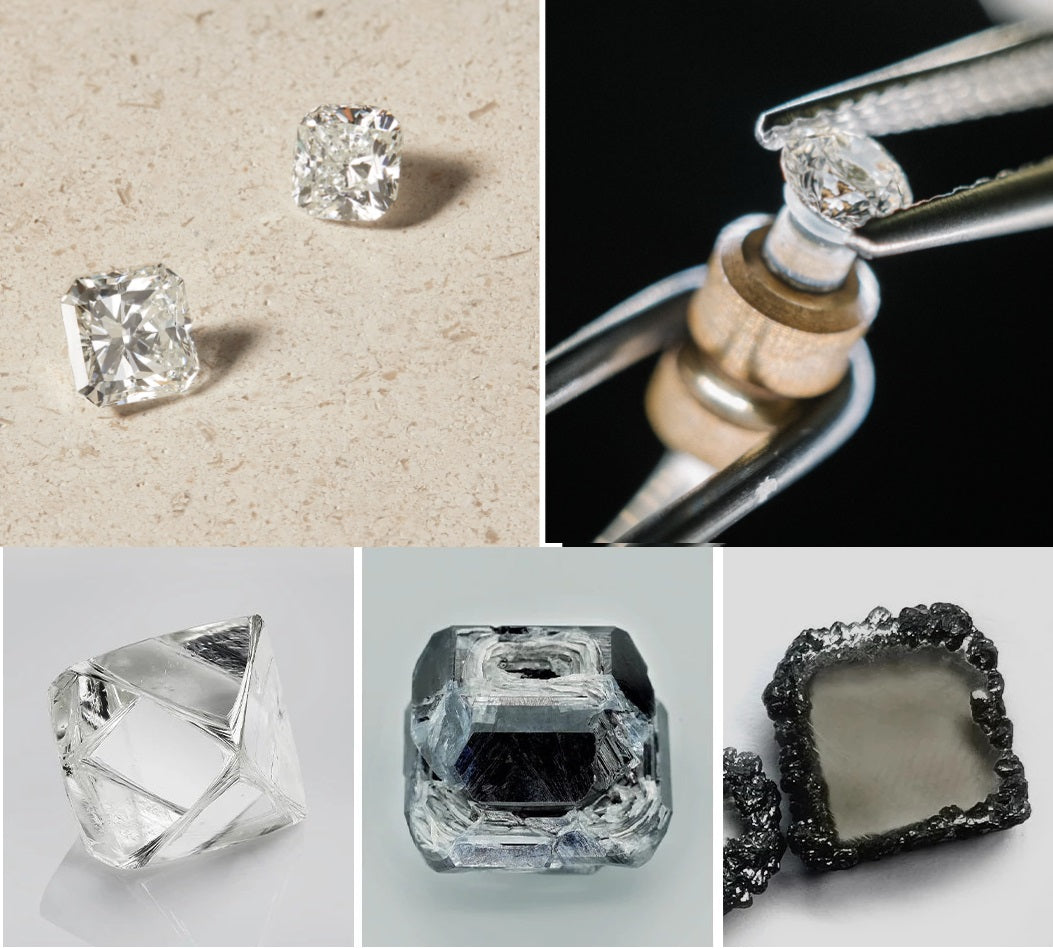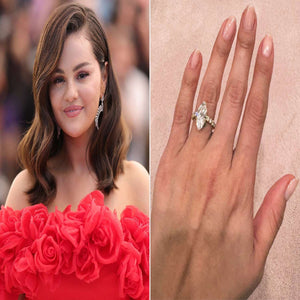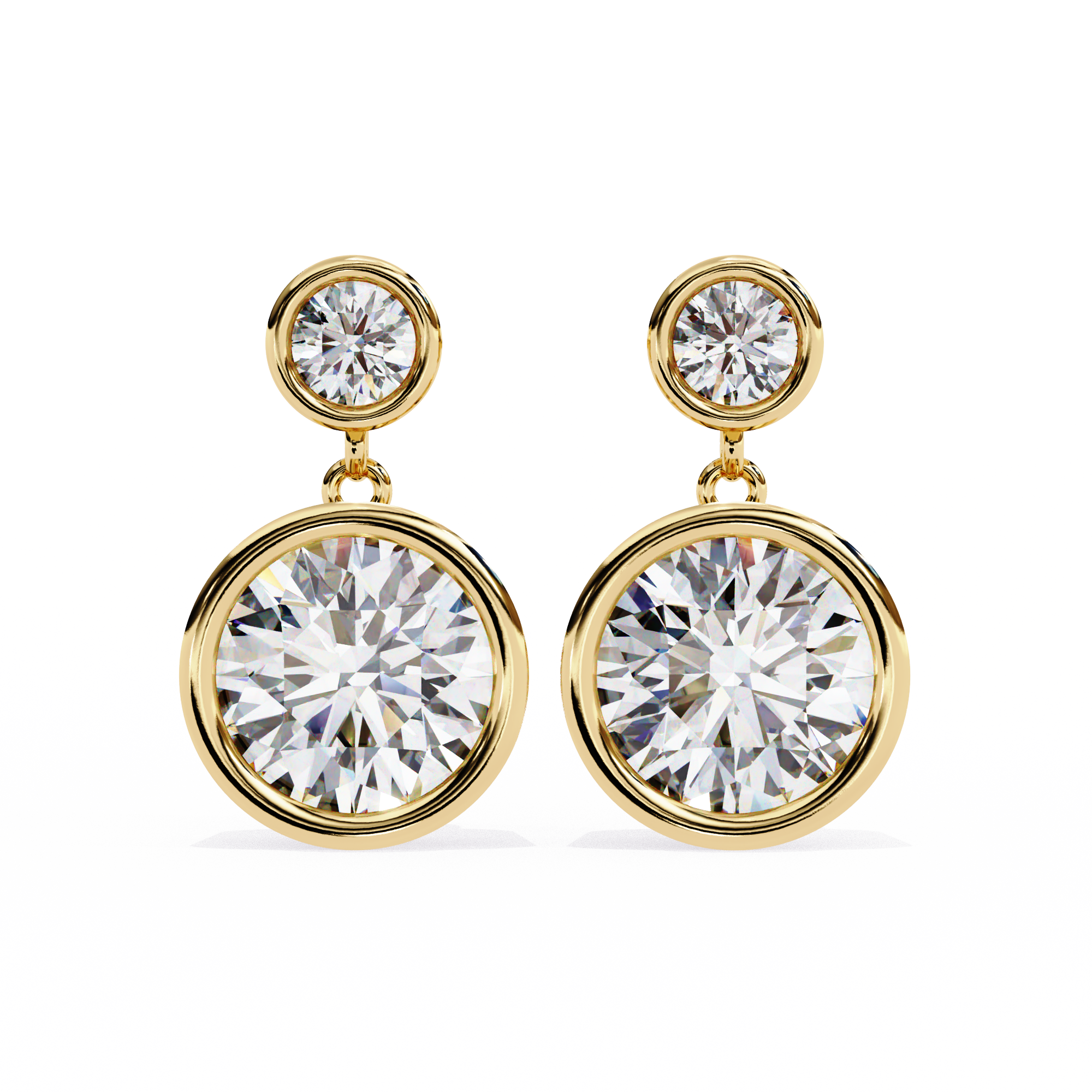Talking about the diamond industry, a major change has recently taken place in it which had never happened before. It is such a change that has had a huge impact on the industry and buyers. The Gemological Institute of America (GIA), the most reputable organisation in the grading of diamonds, has announced a new grading system for Lab-Grown Diamonds. This includes a new grading system. Earlier, the 4Cs grading system—Colour, Clarity, Cut, and Carat was used, but now a new grading system has been implemented, which will make the process easier by making the stones Premium and Standard. This system has not come into effect yet; this step has led to a drop in the prices of lab-grown diamonds.
Why The Change?
The 4Cs have always been a popular system for evaluating both natural and synthetic diamonds, but GIA made a decision that proved that ethical lab-grown diamonds don’t require the same kind of detailed grading. These diamonds already fall into narrow, predictable categories of colour and clarity. It makes the traditional 4Cs less meaningful to consumers. But this big change has its benefits as GIA is trying to make the buying process easier and more transparent.
What Premium vs. Standard Means
When it comes to lab-grown diamonds, there are a few different quality levels you should know about. The top-tier ones, which we like to call premium lab-grown diamonds, have the best stuff going on — think D colour (which is basically the clearest), VVS clarity or better (so super clean with hardly any flaws), and they nail it on polish, symmetry, and cut. These diamonds really shine, literally.
Then you have the standard lab-grown diamonds. These are still really nice, just a notch below premium. Their colour ranges from E to J, clarity sits around VS, and their polish and cut are very good, not perfect, but still solid.
Finally, there are some diamonds that don’t quite make the cut for either category. Those fall into the unclassified stones group — they don’t meet the criteria for a grading designation, so they’re kind of off the radar when it comes to official quality labels.
The Bigger Picture
Lab-grown diamonds were once considered an affordable and sustainable option, but their prices have fallen significantly since the system was introduced. Lab-grown diamond value is highly variable, and the turnaround time also matters. Resale of lab-grown diamonds remains questionable, but consumers may receive lower prices. Today, there is a push to promote natural diamonds as a timeless and rare investment.
What It Means For Buyers
For anyone buying lab-grown diamonds, this change actually makes things a lot clearer. The new labels help you know exactly what you’re getting, which is great.
But here’s the thing — unlike natural diamonds, lab-grown ones probably won’t keep their value if you try to resell them later. So, it’s best to think of this Lab-grown diamond consumer guide as something you’re buying because they look beautiful, are more affordable, and are better for the planet — not because they’re an investment.
Final Thoughts
The introduction of a new system of grading lab-grown diamonds has not diminished their importance but has also benefited them. With this system, lab-grown diamonds are no longer considered rare treasures but are an affordable luxury item that can be easily obtained without breaking the bank. GIA lab-grown diamonds are perfect for those who want luxury jewellery at a low price. Ice Lane also has a large collection of lab-grown diamond jewellery available on the website https://theicelane.com/




